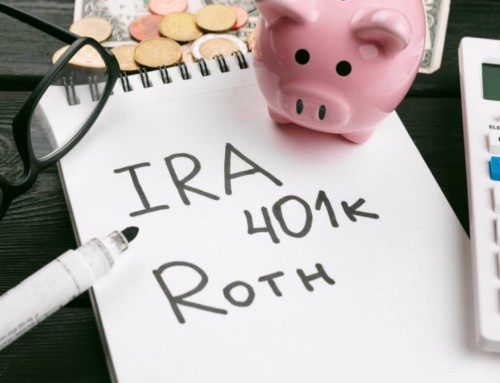If you are a 401(k) participant, it is very likely that you are invested in a target date fund. Vanguard expects that by 2016, 80% of new participants will invest solely in target date funds up from 64% in 2011.
If you aren’t familiar, target date funds combine several mutual funds into one easy to digest fund and are managed to become more conservative as participants move closer to retirement age.
This is intended to make things easier for the participant as they don’t have to worry about changing allocations because the fund company handles it for them. According to BrightScope, target date funds held more than $503 billion at the end of 2012. This has been a boon for Fidelity, T. Rowe Price and Vanguard which have three-quarters of the assets.
Here are 5 Shocking Facts about Target Date Funds.
- No guarantees!
A 2012 survey conducted by the SEC found that 45% of investors mistakenly believed some or all target date funds provide a guaranteed income in retirement, while another 20% weren’t sure about a guarantee. This is a shocking statistic because target date funds provide NO guarantee at all.
- These funds got crushed in 2008.
Sure everything got crushed in 2008 but if you were close to the target date (and retirement), then you were in for a rude awaking if you thought you were conservatively positioned. The average target-date fund with a 2010 horizon lost 25% in 2008 because many funds had large allocations to stocks of 50% and above.
- Equity allocations vary greatly amongst fund companies.
You would think that allocations would be quite similar when comparing competitor’s funds; however this isn’t the case at all. Each company’s idea of what’s appropriate asset allocation can vary dramatically. For example, the T. Rowe Price Retirement 2010 Fund carries a 50% equity allocation while the Wells Fargo Advantage 2010 Fund carries just a 20% allocation. Investors must be cognizant of this when choosing the right fund for their risk profile.
- “Safe” fixed income investments are not so safe anymore.
Most investors only remember the current 30-year bond bull market; however interest rates hit historic lows in 2012 and have nowhere to go but up. This means that bond funds are not so safe anymore and target date funds typically carry durations of 5-6 on their bond funds. Vanguard’s Target Retirement 2010 Fund holds a 35.6% weight in the Vanguard Total Bond Market II Index Fund – from May 2nd to Sept 5th, this bond fund actually went down 5.5%! Not good for the safe portion of your investment portfolio. If we are entering a 30-year bond bear market like 1950-1980, this is elephant in the room that no one wants to talk about.
- Once a fund hits its target date, its allocation doesn’t suddenly change to all bonds or cash.
This is an important point to remember because even when you are past the target date, many funds still hold significant equity exposure which puts your assets at risk in a bear market. T. Rowe Price and Fidelity both carry 50% equity allocations in their target date 2010 funds.
The Alternative
Target date funds are the simple easy choice for many investors but that doesn’t mean it is the best choice. Investors must know what is under the hood of the target date funds. As an alternative to the prepackaged solution, consider owning separate stock, bond and money market funds so you can better reflect your risk tolerance. Sure this will take a bit more work but it will be worth the effort. If you have questions, don't hesitate to contact any of our investment professionals.
“Project 366 #239: 260812 Stay On Target!” by comedy_nose is marked with CC PDM 1.0
By






